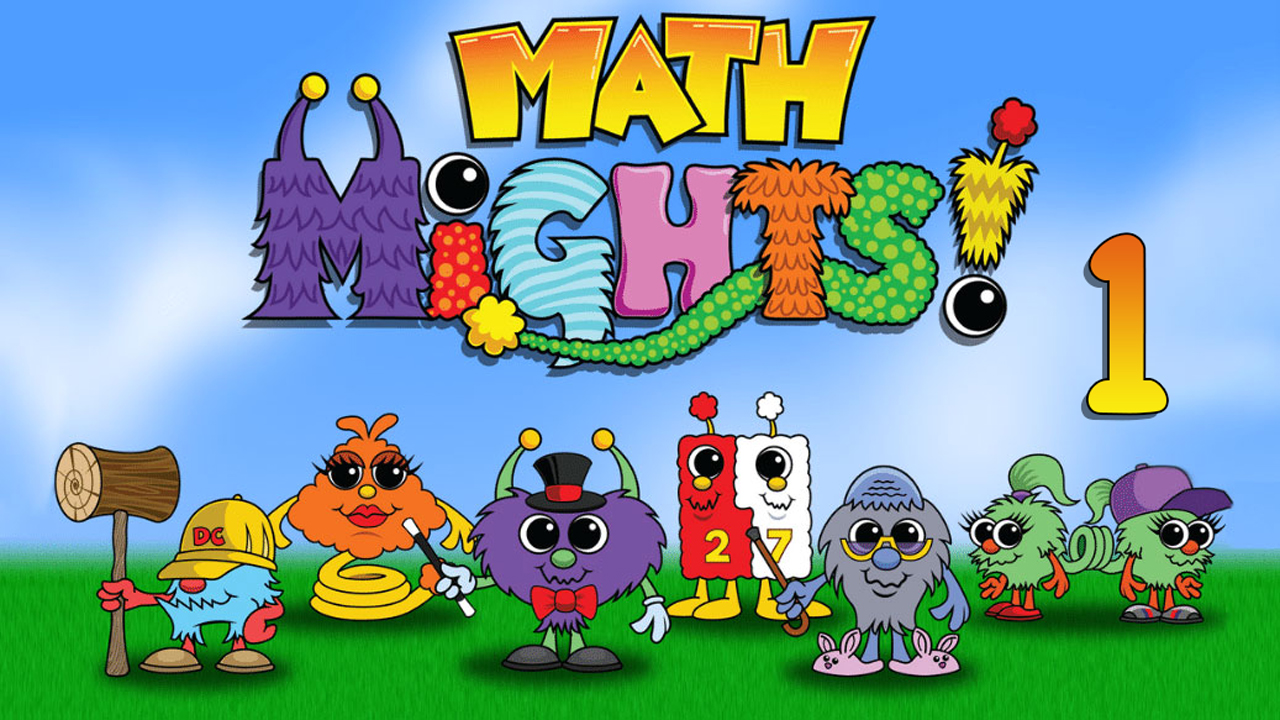Add and subtract within 20, demonstrating fluency for addition and subtraction within 10. Use strategies such as counting on; making ten (e.g., 8 + 6 = 8 + 2 + 4 = 10 + 4 = 14); decomposing a number leading to a ten (e.g., 13 – 4 = 13 – 3 – 1 = 10 – 1 = 9); using the relationship between addition and subtraction (e.g., knowing that 8 + 4 = 12, one knows 12 – 8 = 4); and creating equivalent but easier or known sums (e.g., adding 6 + 7 by creating the known equivalent 6 + 6 + 1 = 12 + 1 = 13).
Standard Type
Michigan State Math StandardsRelated Lessons

Near Doubles
Warm up with a Mystery Math Mistake to add 9 and 5 using a double 10-frame and a decompose strategy. Use near-doubles to add with double 10-frames and a compensation strategy.

Subtraction Strategies
Warm up with a Mystery Math Mistake to find the error in DC's addition. Use different strategies to subtract including counting back and the connection between addition and subtraction. Use a number line to help count on to find a difference.

Make a Ten
Warm up with a Mystery Math Mistake to compare expressions. Make a 10 to help you add. Use a double 10-frame and the "make 10" strategy to add two single-digit numbers.

3 Addends
Warm up with a Mystery Math Mistake to decompose teen numbers. Use a double 10-frame to represent adding three single-digit numbers. Play a game with 10-frame cards to add numbers. The one with the greatest number wins!

Triangles, Rectangles and Squares
Join Mrs. Markavich for a number talk with D.C. as we work on decomposing and composing to make a 10. We'll also explore what makes a shape a triangle, a rectangle, or a square.
